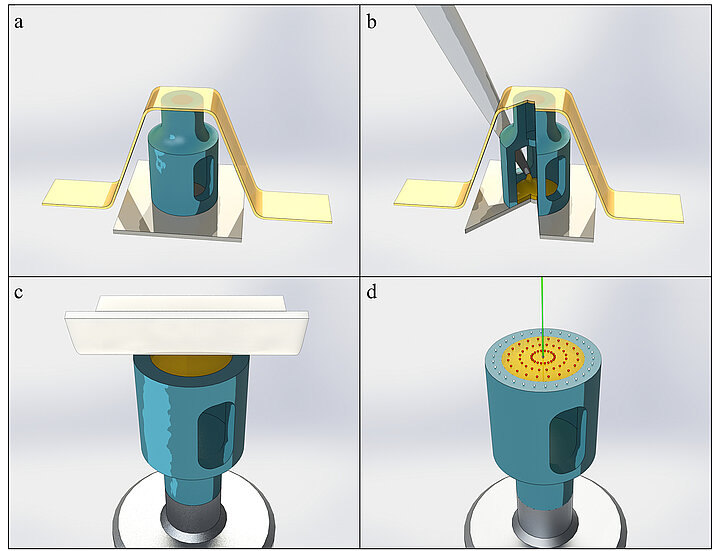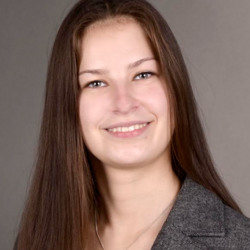Contactless Vibrational Analysis of Transparent Hydrogel Structures Using Laser-Doppler Vibrometry
Schwarz, S.; Hartmann, B.; Sauer, J.; Burgkart, R.; Sudhop, S.; Rixen, D. J.; Clausen-Schaumann, H.
Abstract
Background
Investigating the mechanical properties of biological and biocompatible hydrogels is important in tissue engineering and biofabrication. Atomic force microscopy (AFM) and compression testing are routinely used to determine mechanical properties of tissue and tissue constructs. However, these techniques are slow and require mechanical contact with the sample, rendering in situ measurements difficult.
Objective
We therefore aim at a fast and contactless method for determining the mechanical properties of biological hydrogels and investigate if an optical method, like Laser-Doppler vibrometry (LDV), can accomplish this task.
Methods
LDV is a fast contactless method for mechanical analysis. Nonetheless, LDV setups operating in the visible range of the optical spectrum are difficult to use for transparent materials, such as biological hydrogels, because LDV relies on reflected or back-scattered light from the sample. We therefore use a near-infrared (NIR) scanning LDV to determine the vibration spectra of cylindrical gelatin discs of different gelatin concentration and compare the results to AFM data and unconfined compression testing.
Results
We show that the gelatin test structures can be analyzed, using a NIR LDV, and the Young’s moduli can be deduced from the resonance frequencies of the first normal (0,1) mode of these structures. As expected, the frequency of this mode increases with the square root of the Young’s modulus and the damping constant increases exponentially with gelatin concentration, which underpins the validity of our approach.
Conclusions
Our results demonstrate that NIR wavelengths are suitable for a fast, contactless vibrational analysis of transparent hydrogel structures.



